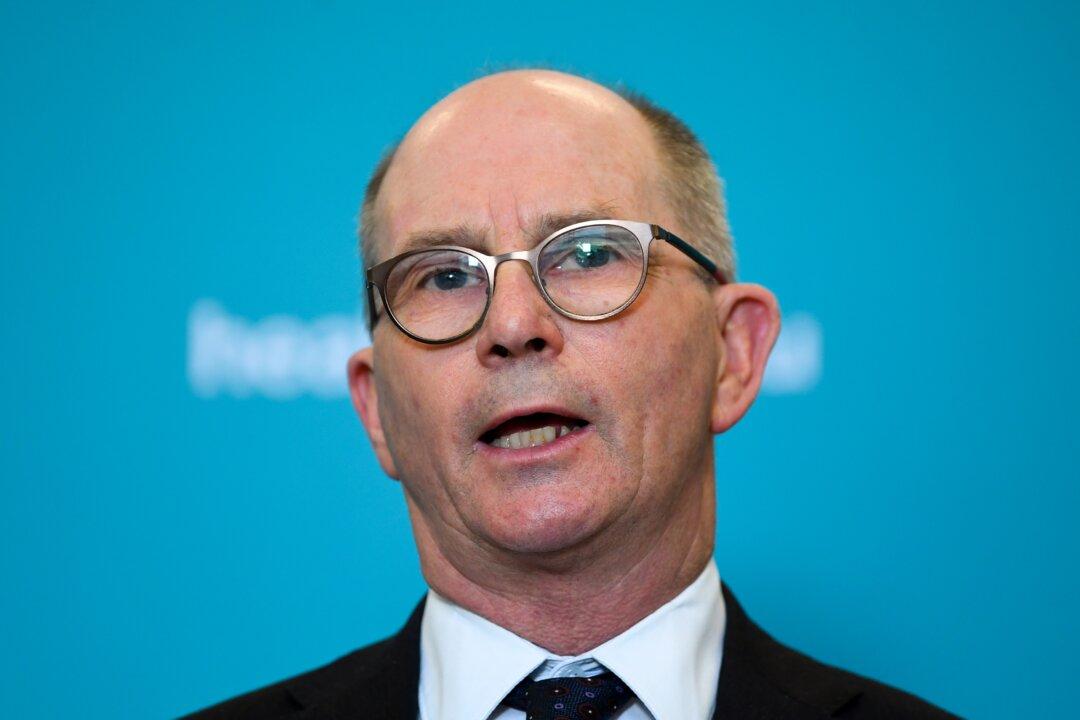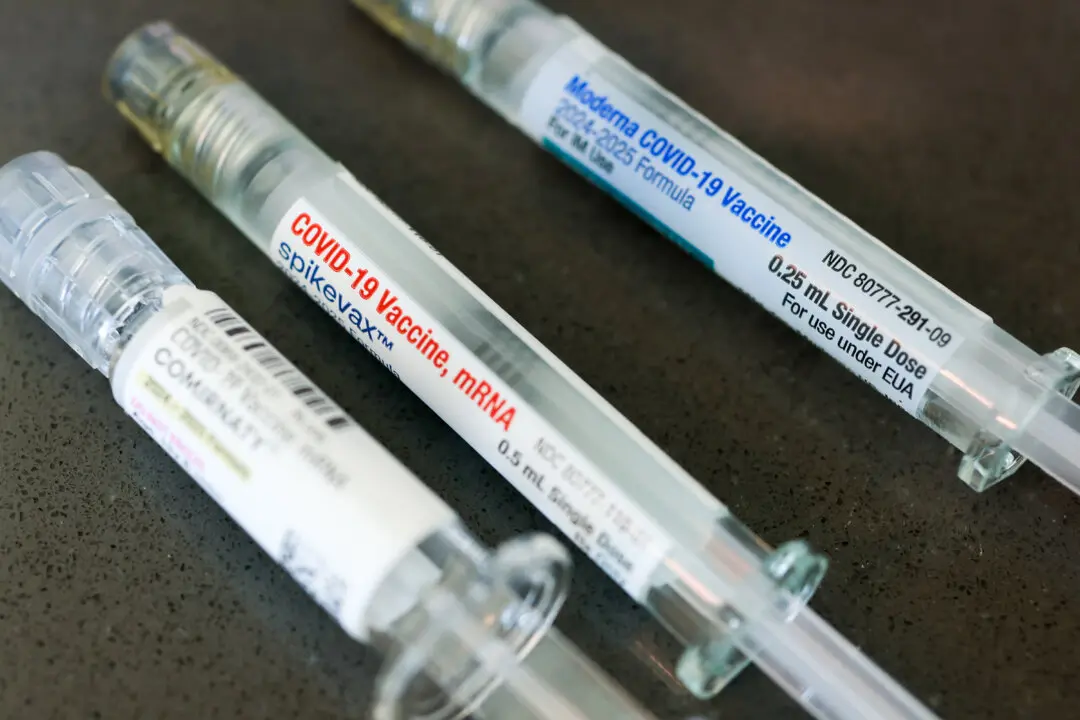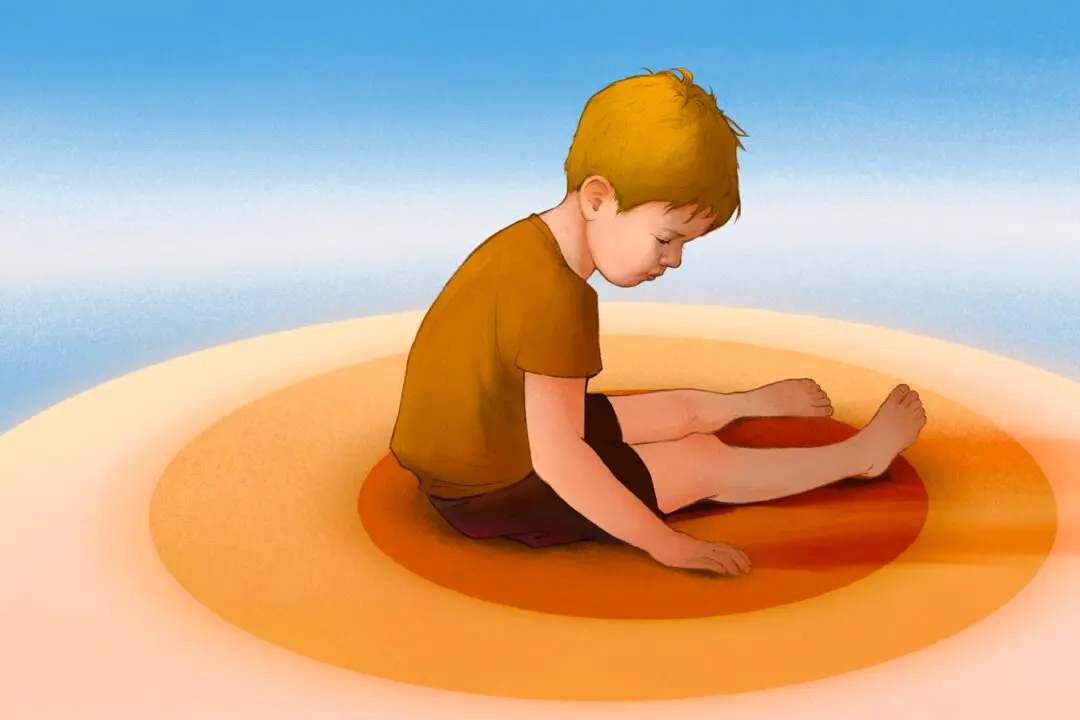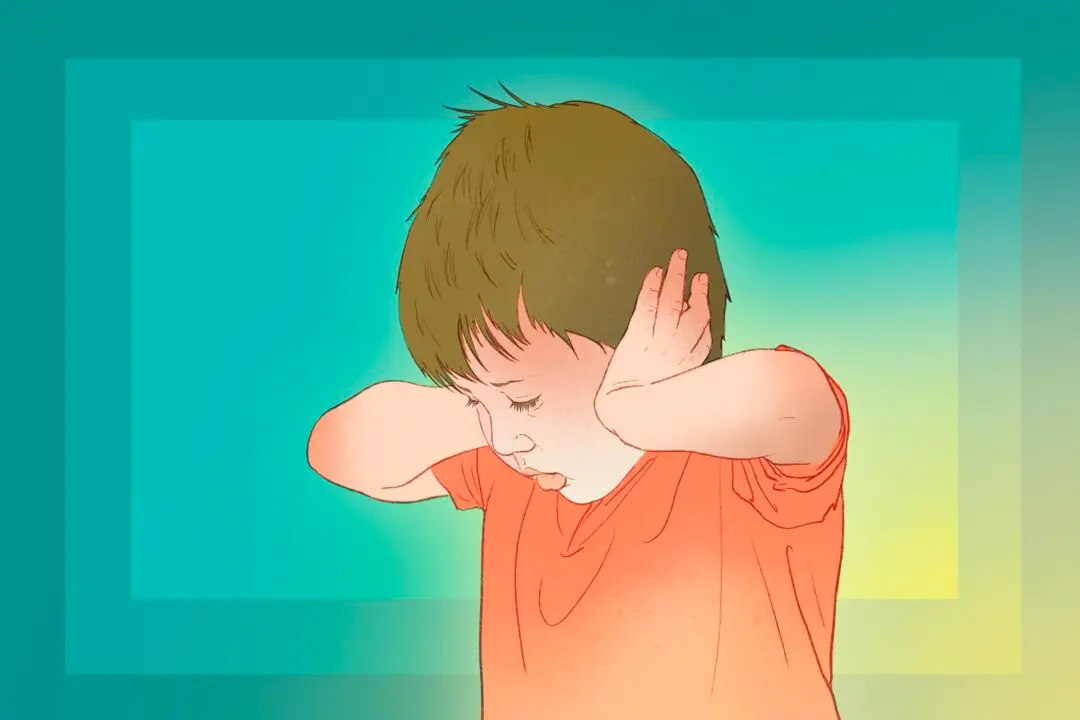Australian Chief Medical Officer (CHO) said that although daily COVID-19 Omicron case numbers are decreasing, the worse has yet to come.
CHO Paul Kelly stated that it would be several weeks before deaths and hospitalisations from the Omicron variant reach their peak, despite plateauing COVID-19 cases.





